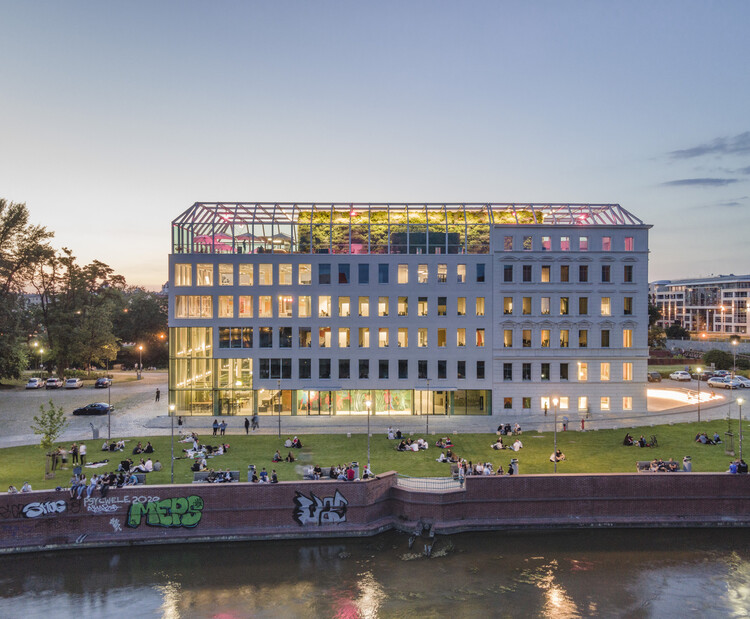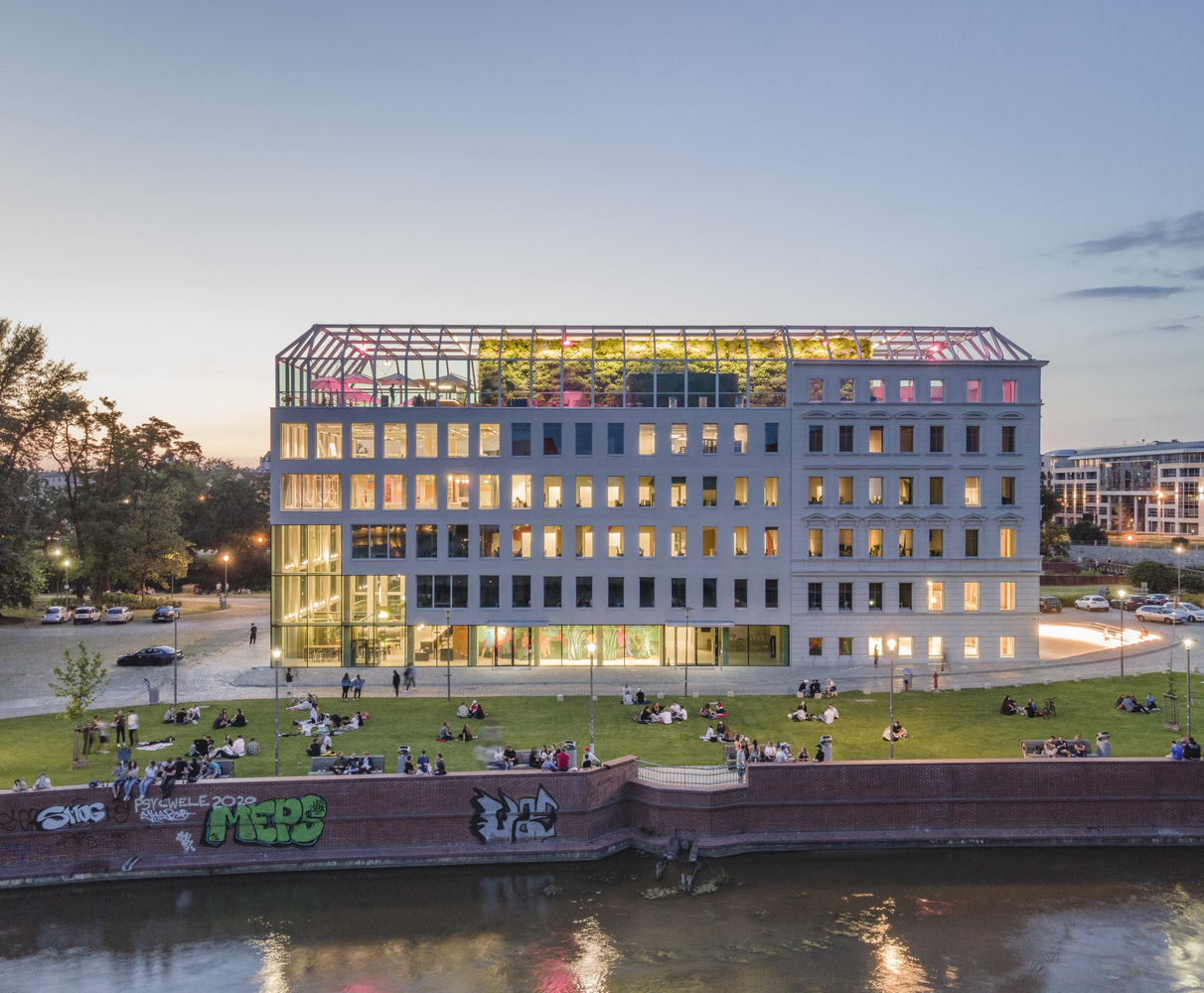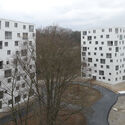 Concordia Design Wrocław / MVRDV. Image © Juliusz Sokołowski
Concordia Design Wrocław / MVRDV. Image © Juliusz Sokołowski
Share
Or
https://www.archdaily.com/1035410/scaling-the-threshold-when-community-architecture-becomes-too-large
When Hudson Yards opened in Manhattan in 2019, it promised a new urban neighborhood built from scratch. 16 towers with 4,000 residential units were erected in hopes of creating a strong community. Despite its lavish amenities and lofty public plazas, a peculiar emptiness persisted. The development felt anonymous, speaking to a fundamental truth about human social capacity.
Where architectural ambition outpaces human cognitive limits, the potential for intimacy collapses. While modernist visionaries once dreamed of “streets in the sky” that would foster vertical villages, reality proved stubborn. The traditional Japanese concept of roji – the in-between spaces that act as transitional zones for users to form communal bonds – worked brilliantly at small scales. Can such intimacy survive when projects house thousands instead of dozens?






